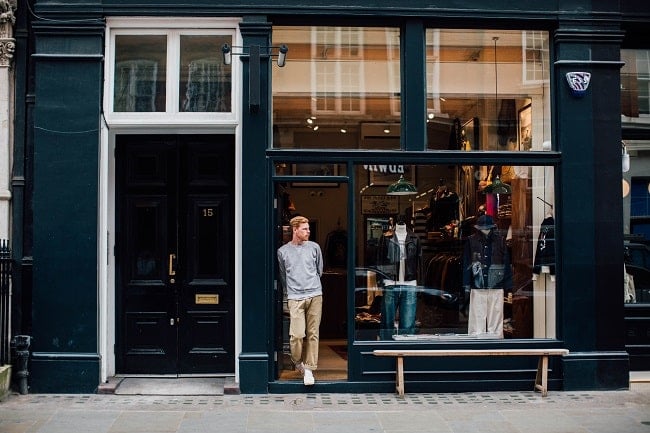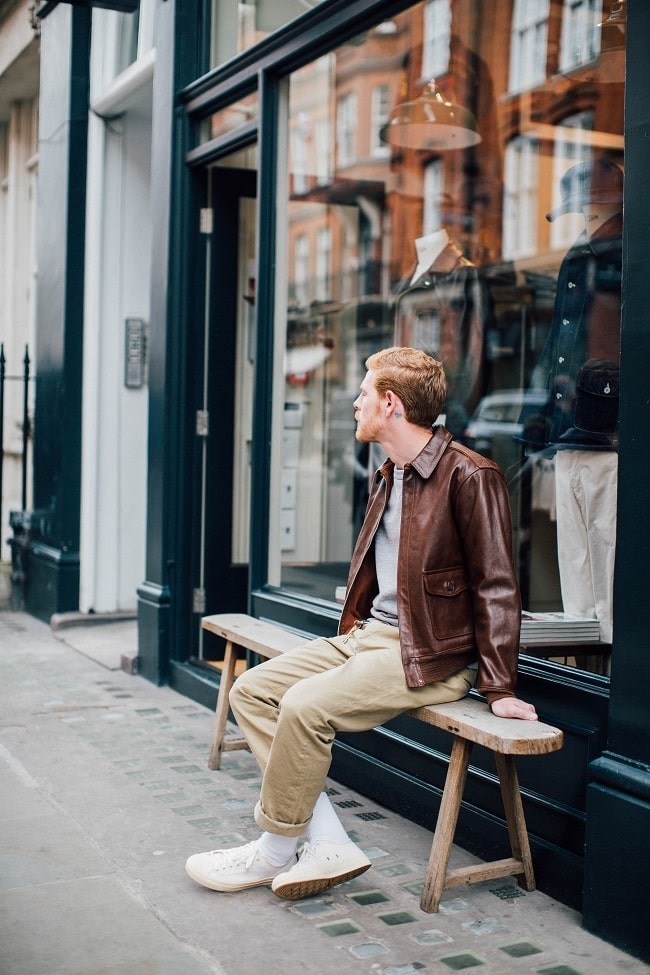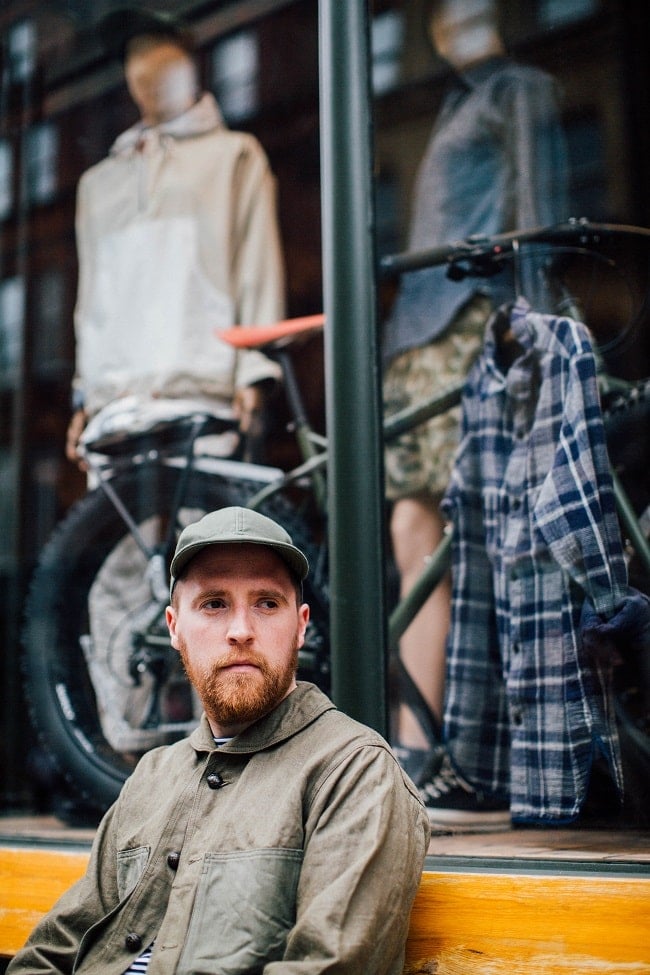1
HOME > Business >
SUPPORTING SMALL BRANDS THROUGH THE CORONAVIRUS LOCKDOWN
Written by Ivan Yaskey in Business on the 5th May 2020
Photography by Jonathan Daniel Pryce

To say we’re living in confusing, uncertain times is an understatement. At best, we’re remaining indoors, doing everything we can from home to stay financially afloat and weather through this pandemic. But, the response to the novel coronavirus illustrates not just how quickly modern society’s conventions unravel, but also how poorly stitched together they were in the first place. On both sides of the pond, telling workers and non-essential business owners to wait it out at home with no financial safety net for an indeterminate period is, perhaps, one of the most glaring flaws to date. In a bootstrap-preaching society, it’s expected that we all – renters, homeowners, and small business owners – have a stash of savings to rough it out. Yet, building up this backup isn’t easy. Post Great Recession, rent is expensive, the price of consumer goods is high, and everyone – from customers to shareholders – wants it all on the cheap. It’s no wonder that, no matter if you’re cutting or cashing the paycheck, many view income and profits on a month-to-month basis, instead of for long-term growth or emergency preparation.
We all keep getting told that the worst is yet to come. What that’ll be, we’ll all have to wait and see, but economist after economist predicts a wave of closures across small and medium-sized businesses who can’t financially sustain themselves through shelter-in-place and social distancing orders. This shift could – or already has – resulted in massive unemployment. Depending upon the week, roughly 20 to 30 percent of the U.S. workforce is currently unemployed, while it’s estimated that, by the end of May, one in five in the U.K. may be jobless. According to a Goldman Sachs survey, roughly half of 1,500 small business owners claim that current conditions could push them to close down after three months. Adding to this, a survey from Main Street America found that 7.5 million businesses risk permanent closure due to COVID-19 safety measures.

To lessen or delay this potentially inevitable domino effect, the U.S. has launched nationwide measures to keep businesses that have had to temporarily close down or reduce their hours, in order to give workers a paycheck and prevent permanent closure. But, implementation hasn’t been even or completely effective: The Coronavirus Aid, Relief, and Economic Security (CARES) Act, passed on March 27, allotted $350 million in loans and grants to business owners, but many find themselves ineligible or unable to access funds. Similar issues arose from the Paycheck Protection Program, a loan program launched to keep employees on payroll and help small businesses with rent and other related expenses. In response, small and medium-sized businesses haven’t been waiting around for relief. Rather, some have started launching Kickstarter campaigns, while essential entities – like local restaurants and grocery stores – have been advertising limited hours on social media for takeout or curbside pickup. At the same time, retailers and service-related businesses have reworked operations, allowing you to purchase now and receive later or moving everything into a virtual format. Bringing in some income, then, increases the likelihood the business can pay its rent, stay open, and hire back staff once shelter-in-place is gradually loosened.
Additionally, diversifying payment strategies has been a priority for businesses forced to adjust to the digital environment. Online payments are not negotiable anymore. From credit card transaction processes to Cryptocurrency, companies that adapted quickly are more likely to survive the crisis. More importantly, digital payments can also make their way back into the shops once they reopen, including PayPal checkpoints and Crypto OTC services.
All within the context of keeping yourself safe, here’s what you can do as a consumer:

Purchase Gift Cards
Although some brick-and-mortar stores still use the standard swipe card or even gift certificate format, gift cards are frequently digital only, purchased online and sent to the recipient by email. While we tend to associate gift cards with major brands, smaller, independent stores, especially if they have an eCommerce platform, now offer them digitally for purchase of their own goods. In today’s environment, purchasing gift cards does two things: one, it provides an immediate payment to a business without having to physically mail out goods, and two, the recipient can use the gift card at any point in time. Especially as stores reduce their selection of non-essential goods or put a moratorium on shipping. This motion allows businesses that produce and sell non-essential items to have some kind of cash flow. If there’s a menswear brand out there – or, really, anyone with a website at this point – that you like and want to help keep afloat, consider purchasing an e-gift card for yourself for use in future purchases.
Purchase Items Ahead of Schedule
Adding to the points above, certain brands, large to small, have been giving customers the option to purchase items ahead of schedule. The motion is often accompanied by a disclaimer about delayed shipping – either for a specified or indeterminate amount of time. Especially if the retailer is local or online only, check to see if they have this option, and order items for the distant future – a birthday sometime next year, the holidays, back to school, or that vacation you’ve always mused about.

Utilise Social Media
We’re not talking about passive, hashtag-based activism for visibility. Rather, this group of tools has made it easier for brands, no matter what they sell, to reach out to their customers. Right now, that might look like advertising a Kickstarter or other crowdfunding campaign to pay for rent or other basic expenses. At the same time, Instagram rolled out a bunch of new features over the past couple of months that, contrary to their usual linking-restrictive policies, let brands include gift cards, fundraisers, and ways to purchase food and other items through their profiles and Stories. Meanwhile, Facebook, Instagram’s parent company, instituted a $100 million grant program to help roughly 30,000 small businesses across the world. Announced last month, the program is meant to help cover rent and other operational costs, including helping company workers stay employed. Businesses meeting Facebook’s requirements are encouraged to apply, and priority may be given to female-, minority-, and veteran-owned companies that, so far, haven’t significantly benefited from the Paycheck Protection Program.
Take Advantage of Virtual Services
No, your barber can’t cut your hair over Zoom, but your local gym or fitness studio may be offering classes. Especially if your membership is still active, check out their offerings, and keep your workout up from your living room. As well, other types of service-based operations – from jewellery stores to short term and one-off classes – are shifting operations, be it for consultations, lectures, or instruction, to this method. Just as it would in person, the format requires a fee to access the class or set up an appointment.

Are you making an effort to shop with small businesses during the Coronavirus lockdown? #retail
— Menswear Style (@MenswearStyle) May 5, 2020

Trending
2
3
4
5
6
7
8
9
10










